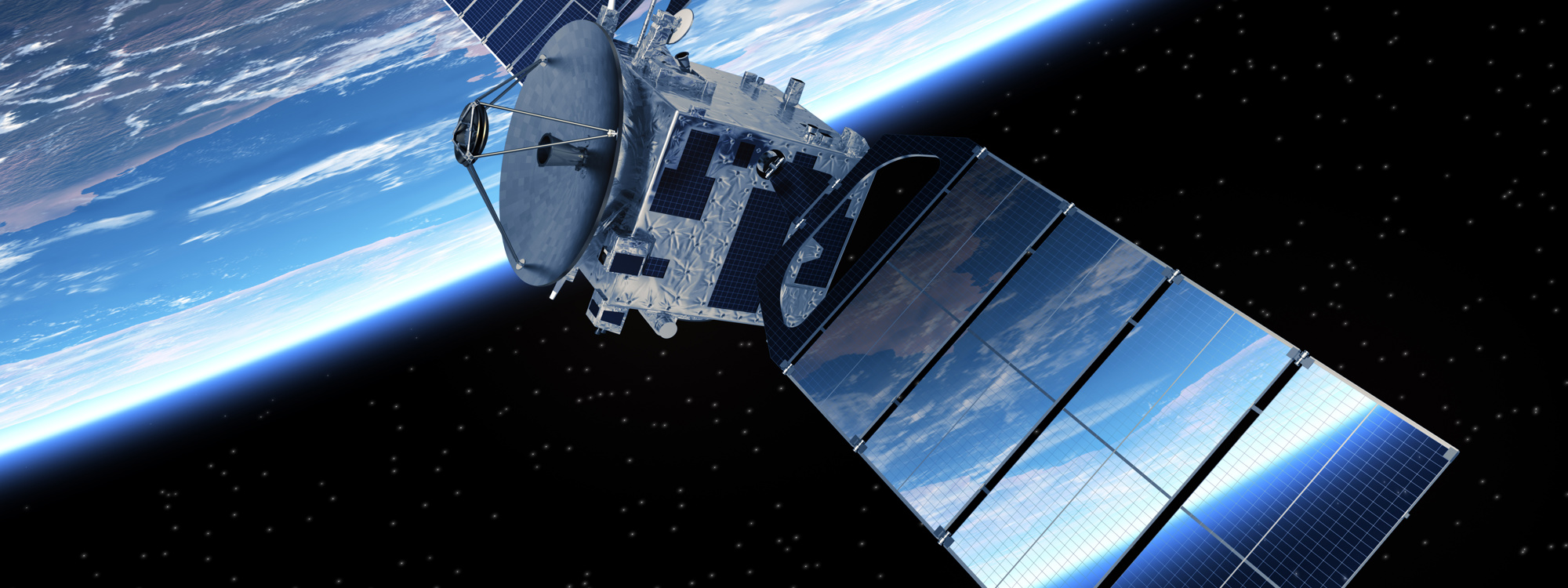
Pushing the Limits - Advancements in Composite Materials for Space Exploration
Dr Konstantina Kanari is an Advanced Research Engineer at the National Composites Centre with a passion for pushing the boundaries of technology and innovation. In this blog, Konstantina shares insights from a recent event at the European Space Agency, delving into the significance of composite materials and the groundbreaking projects that are shaping the future of space missions.
On April 11th 2024, I had the honour of representing the UK at the Composites Harmonisation Mapping Session hosted by the European Space Agency (ESA) in ESTEC, Netherlands. This session is part of ESA's Technology Harmonisation process, which spans 47 space-related topics. For each topic, ESA experts compile a Technology Dossier that reviews current technology, identifies needs for further development, and provides an overview of existing funding and projects within ESA member states.
The National Composites Centre (NCC) reviewed the Technology Dossier and provided feedback on the UK's latest technological achievements. As the lead organisation for composites across the High Value Manufacturing Catapult and as a key connector to academia, RTOs, and industry, we were chosen by the UK Space Agency to present the UK’s feedback to ESAs technical experts. The goal of this session was to map out a European Space Technology Roadmap to guide activities and funding over the next 4-5 years. In the session, we presented the latest achievements from all over the UK in the composite materials for space application sector, highlighting the contributions from the NCC, Advanced Manufacturing Research Centre (AMRC) and iCOMAT.
The importance of composite materials
The global space sector is seeing renewed interest and investment, marking what many call the third era of the space race. Advanced materials will play a crucial role in this development, with the market for these materials in the space sector expected to reach an estimated £4 billion by 2035. The UK, with its strong record in space-related materials and processes, is at the forefront of this innovation. Composite materials, part of the advanced materials family identified by the UK government as strategically important, are driving new advancements across sectors including space, defence, and energy.
Composite innovations in Space
Since its inception, NCC has been a key contributor to space research and development. We support a wide range of organisations, particularly SMEs and universities, working on projects ranging from rocket launch vehicle structures to in-orbit satellite manufacturing platforms. In 2021, scientists at the Bristol Composites Institute, supported by NCC engineers, developed novel nanomodified polybenzoxazine laminates designed to withstand extreme environments [1]. These materials are scheduled to be tested on the SESAME (Surface Electrical Sounding and Acoustic Monitoring Experiments) module of the International Space Station by the end of 2024. They will endure temperatures ranging from -150°C to +150°C, electromagnetic radiation, and high-velocity debris. This mission represents a significant achievement for the UK, providing valuable data for the next generation of space materials. Additionally, NCC is working with the University of Bristol to improve the manufacturability of these materials, making them suitable for various applications.
Collaborative partnerships
The Space West programme is hosted by the National Composites Centre, in partnership with the West of England Combined Authority, the Centre for Modelling and Simulation, University of Bath, University of Bristol and University of the West of England. Space West is a regional consortium of academic and industry partners which aims to make the South West region an internationally recognised space hub. The South West is currently the home of more than 250 space organisations. Harnessing the strengths of its diverse partners from government agencies and RTOs to industry and academia, Space West is accelerating innovation, growth, and regional prosperity for Space. There are three main themes in the Space West consortium, secure and resilient communications, intelligent systems and robotics, and materials for extreme environments.
What comes next?
To continue advancing composite technology, especially for space exploration, we need new collaborators. Innovation thrives on collaboration, regionally, nationally and internationally. No single country has all the capabilities needed to advance R&D in every aspect. As we enter this new era of the space race, it is crucial to work together to push the boundaries of what is possible.
Join us on this exciting journey. Collaborate with us to drive the next wave of advancements in composite materials for space. Together, we can achieve remarkable breakthroughs and ensure a secure and sustainable future for space exploration.
If you’re interested in partnering with us or learning more about our initiatives, please contact us at [email protected].
Let’s push the limits of what we can achieve together.
[1] K. Kong et al. Composites Part B 276 (2024) 111311

